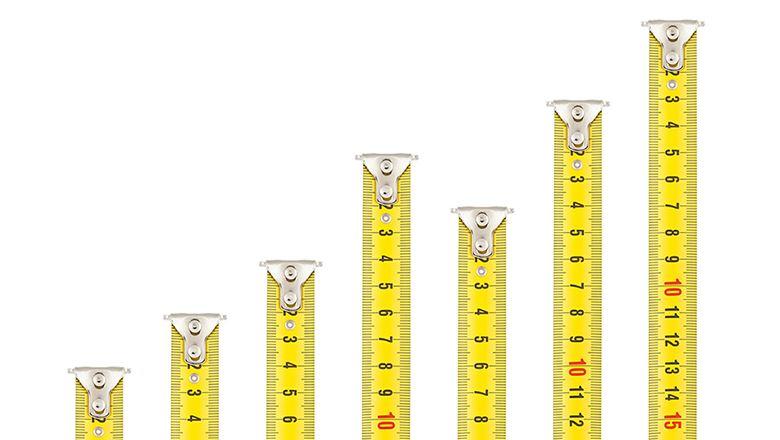Emily Bratcher
Emily Bratcher is a contributing editor at Associations Now.

Sometimes measuring success in government relations work is straightforward, but, more often than not, ambiguous outcomes require a more nuanced approach. To learn from all kinds of results, three GR professionals offer tips to help you track and measure your success.
There’s one clear metric for success in almost every association government relations program, according to Brian Pallasch, CAE: Did you pass or defeat a piece of legislation?
But, usually, “it is not that simple. … As we all know, you can do everything right in a lobbying campaign and still lose,” said Pallasch, managing director of government relations at the American Society of Civil Engineers, at a June 2016 virtual roundtable hosted by ASAE’s Government Relations Section Council.
Given that reality, how do you measure the success of your advocacy work? Pallasch and others offered five tips to help you make a more complete evaluation.
Before you can start measuring and evaluating your success, you need to figure out what you’re trying to do in public policy, Pallasch said. To define those goals, you can listen to your members, industries, and even nonmembers. You can send out surveys, look at trends, and review what’s happening in the media. You can also look at problems facing your members, he said.
Randy Dwyer, director of grassroots program development at the American Farm Bureau Federation, noted the significance of mission: “It’s important to have an understanding of your mission in order to eventually evaluate what your metrics are on any of your advocacy elements.”
Not only do you have to identify your key issues, but you also have to prioritize them. To pinpoint the most important issues, Pallasch said association GR professionals need to ask challenging questions. “Is it really the primary goal of the organization to do whatever that issue is, or is [that goal] maybe best served by a different organization?” he asked. “Will your success be a benefit to the membership, or will they even notice?”
It’s important to have an understanding of your mission in order to eventually evaluate what your metrics are on any of your advocacy elements.—Randy Dwyer, American Farm Bureau Federation
GR professionals have to figure out which metrics will help them monitor their performance. Pallasch listed several examples:
But Pallasch cautioned against getting into a numbers-only mindset. “If you’re only going to focus on the number of emails or phone calls into legislators and not necessarily focus on the quality of the phone call or the message that’s being sent, that may not be the right measurement,” he said.
After creating your metrics, you have to follow through with collecting your data. Again, it’s important to know what you are measuring so that you can determine which data to track as you conduct your GR activities. Then, when you’re ready to evaluate your performance, you have useful and accurate information to work with.
Justin Thames, director of governmental affairs for the Florida Institute of Certified Public Accountants, said software can be useful for collecting certain types of data—for example, programs that track your grassroots contacts. Or you might have to develop your own system in Excel. “It really all depends on what your resources are and what you’re able to do,” he said.
Now that you’ve gathered your data, you can evaluate your performance. “If you use your metrics, it will really allow you to evaluate what your legislative season was and determine whether it was a success,” Thames said. Ask questions like: What message will these metrics show my leadership and membership? Where is there room for improvement?
It’s also important to relay your findings to your members to show them what your advocacy work is doing for them. “If you have your members feeling empowered because they’re getting something of value for their dues, then you’re going to have someone who will be an advocate politically and legislatively for you,” Dwyer said.